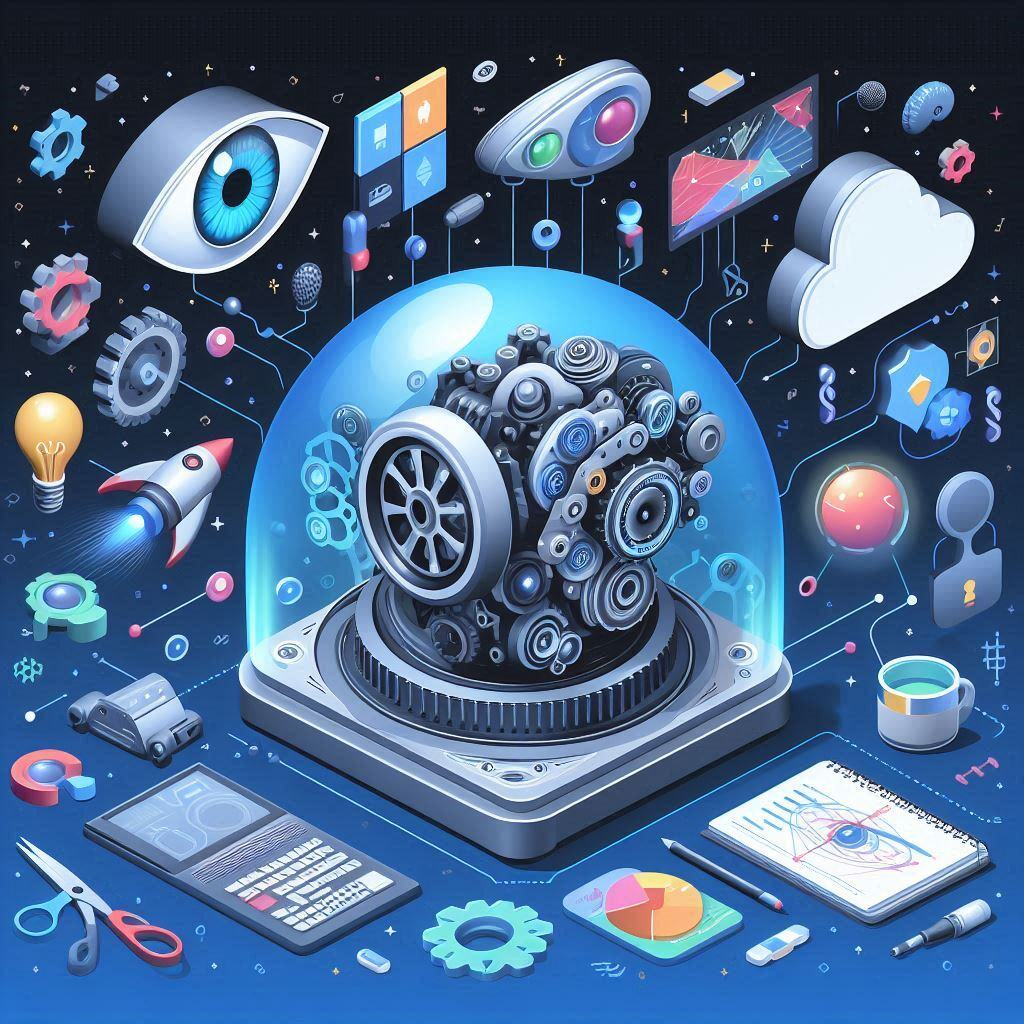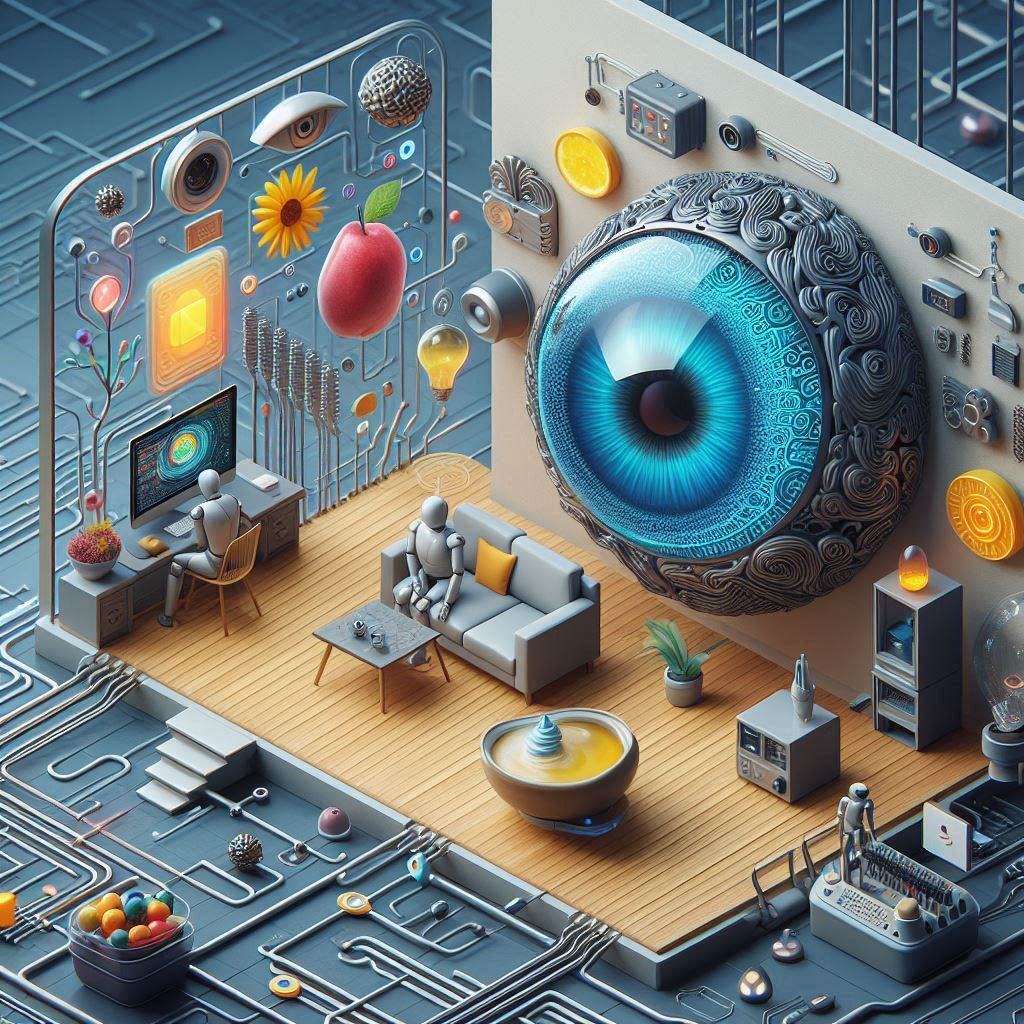What is an Inference Engine in AI? Key Functions Explained
Artificial Intelligence (AI) has become a crucial part of our daily lives, powering everything from search engines to self-driving cars. A...
The Transformer model in AI uses self-attention to efficiently process language, enabling breakthroughs in translation, chatbots, and text generation.
The Transformer model has completely reshaped the way artificial intelligence handles language. If you’ve ever used tools like ChatGPT or marveled at Google’s ability to predict your next search query, you’re seeing Transformers in action. But what exactly are these models, and why did they become the gold standard for processing natural language?
Let’s unpack this in a way that’s clear and informative—while keeping it straightforward.
Before Transformers, AI models like Recurrent Neural Networks (RNNs) and Long Short-Term Memory networks (LSTMs) were the go-to solutions for handling tasks like translation, text generation, and summarization. However, these models processed information step-by-step. Imagine reading a paragraph and only remembering the last word—those older models couldn’t effectively capture long-term dependencies or broader context.
This is where the Transformer model, introduced in 2017 by Vaswani et al. in the paper Attention is All You Need, made its debut. The researchers proposed a completely new architecture based on attention mechanisms that improved efficiency and context-awareness, without needing recurrence or convolutions.
Think of a Transformer as a two-part system made up of an encoder and a decoder:
Both components use a series of self-attention and feed-forward layers, which help the model weigh the importance of different words in the context of a sentence.
The most critical feature of a Transformer is its self-attention mechanism. Here’s a quick analogy: Imagine reading a paragraph where you need to know which words are most significant for understanding the text. Self-attention enables every word in a sentence to "pay attention" to every other word and decide which are relevant.
For example, in the sentence, "The cat, which was sitting by the window, looked at the bird," a regular model might struggle to connect "cat" and "looked" due to the long clause in between. A Transformer, however, can easily figure out that “cat” and “looked” are the central elements. This results in a much better understanding of context and meaning.
The Transformer uses Multi-Head Attention—a fancy term that essentially means it looks at the sentence through multiple lenses at once. Each lens, or head, captures different aspects of the words’ relationships, like syntax, meaning, or position. This way, it can simultaneously consider multiple perspectives, making it incredibly effective at complex language tasks.
Because the Transformer doesn’t read text sequentially, it needs another way to understand the order of words. That’s where positional encoding comes in. Imagine each word being assigned a unique badge that indicates its position in the sentence. This allows the model to consider the order and relationship of words, even without a traditional left-to-right reading structure.
Transformers have become the backbone of AI applications, paving the way for advanced models like BERT (Bidirectional Encoder Representations from Transformers), GPT-3 (Generative Pre-trained Transformer), and even T5 (Text-to-Text Transfer Transformer).
BERT: Used by Google to improve search results, BERT is known for understanding context in a way that no previous model could. It’s particularly strong at tasks like understanding whether “bank” refers to a financial institution or a riverbank.
GPT Series: GPT-4, for example, is a powerful tool for generating human-like text. It can write essays, code, and even generate poetry—all thanks to the Transformer’s underlying architecture.
One of the key reasons for the Transformer’s success is its ability to handle parallelization. Unlike RNNs, which process information one step at a time, Transformers can analyze an entire sequence in one go. This significantly speeds up training and allows the model to scale up to much larger datasets, which is essential for the enormous models we see today, like GPT-4.
Of course, no technology is perfect. The Transformer has some notable limitations:
Researchers are actively working on reducing the computational footprint of Transformer models. Innovations like Longformer and Reformer use variations of the attention mechanism to handle long sequences more efficiently, paving the way for using Transformers in more diverse settings.
So, what does all of this mean for you, and how does it connect to what we’re building at Integrail?
At Integrail, we focus on providing no-code AI solutions that everyone—not just data scientists—can leverage. The Transformer model’s attention mechanism is a crucial part of our platform, allowing us to build AI applications that are not only smarter but also highly adaptable to your unique business needs.
Want to create an AI agent that can understand complex customer queries and provide relevant answers? The Transformer can do that. Need an AI assistant that can summarize long documents or automate tedious tasks? Transformers help make these capabilities possible—without needing to write a single line of code!
As the technology evolves, we’re seeing Transformers being used beyond just text:
The Transformer isn’t just a new way of handling language—it’s a new way of thinking about AI. It has set the stage for more intuitive, versatile, and human-like AI interactions, which is precisely why we’re excited to integrate this technology into our platform.
If you’re interested in exploring how Transformers can be used in your AI projects, reach out to us at Integrail. We’re here to help you build the future, one attention layer at a time!

Artificial Intelligence (AI) has become a crucial part of our daily lives, powering everything from search engines to self-driving cars. A...

Artificial Intelligence (AI) agents are transforming industries by making informed decisions and performing complex tasks. At the heart of their...

A fundamental component of AI agent architectures is the perception module, which plays a crucial role in how AI systems interpret and interact with...
Start your journey with Integrail

Try AI Studio by Integrail FREE and start building AI applications without coding.

NEW White Paper: Discover how AI Studio accelerates your workflows